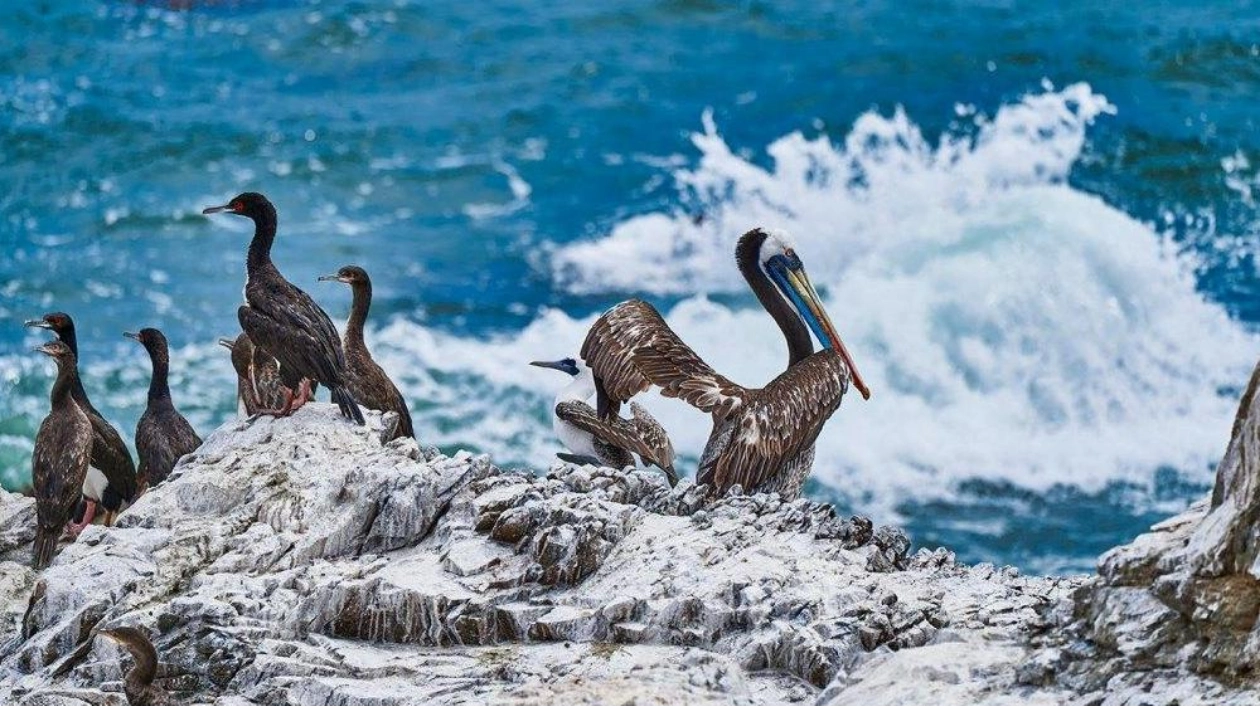In December 1855 and January 1856, three ships embarked on a journey from the United States to Jarvis and Baker islands, two coral atolls situated in the vast Pacific Ocean. These vessels were carrying representatives from the recently established American Guano Company and a guano expert, whose mission was to assess the quality of the bird droppings on these islands. After evaluating the guano's quantity and collecting samples, the group declared the islands as property of both the company and the United States, marking the nation's inaugural attempt to expand its territory overseas.
The official acquisition of these islands by the U.S. was formalized in July 1856 with the passage of the Guano Islands Act by Congress. This legislation authorized the country to assert sovereignty over any uninhabited or unclaimed territories to secure guano, a highly valued fertilizer essential for American tobacco, cotton, and wheat fields. The act was ostensibly designed to ensure a guano supply independent of Peru, which was known for its nitrogen-rich guano.
Environmental sociologist Mauricio Betancourt of Washington and Lee University in Lexington, Va., notes that the Guano Islands Act not only provided the U.S. with bird droppings but also enabled the country to seize approximately 100 remote islands, ten of which are still under U.S. control today. As the guano frenzy subsided with the depletion of supplies, the U.S. repurposed these islands into military bases and strategic refueling stops. During the Vietnam War, Johnson Atoll, acquired through the Guano Islands Act in March 1858, was used to store and later incinerate the chemical weapon Agent Orange.
Betancourt emphasizes in Socius that insufficient attention has been given to the ecological foundation of the U.S. empire, specifically guano. This perspective on ecological imperialism reveals how resource acquisitions alter environments and sometimes advance scientific knowledge. Science News interviewed Betancourt to delve deeper into the overlooked history of guano and its contemporary implications.
Betancourt explains that the guano trade was sparked by Europe's soil depletion crisis. In the early 1800s, Britain's agricultural revolution maximized food production, but it also led to concerns about soil exhaustion. German chemist Justus von Liebig argued that soil fertility needed replenishment, which was supported by Humboldt's introduction of Peruvian guano samples to Europe in 1804. The remarkable fertilizing properties of guano led to its import from Peru to Britain via Cape Horn, catalyzing the construction of the Panama Canal.
The exceptional quality of Peruvian guano was due to its high nitrogen content, attributed to the region's minimal rainfall. In contrast, Pacific guano, being more humid, had a higher phosphate concentration relative to nitrogen. The intense excavation of Peruvian guano led to significant ecological changes, reducing bird populations from an estimated 50 million to a few hundred thousand today.
As Peru's guano supply dwindled, nations turned to Chilean nitrates, leading to the War of the Pacific (1879-1883). The eventual exhaustion of Chile's nitrates prompted German chemist Fritz Haber to discover a chemical reaction that synthesized ammonia from atmospheric nitrogen, revolutionizing synthetic fertilizer production and contributing to the 20th-century population boom.
Today, mined guano remains a commodity, primarily for domestic use in Peru but also indirectly exported through coffee fertilized with guano.
Source link: https://www.sciencenews.org






